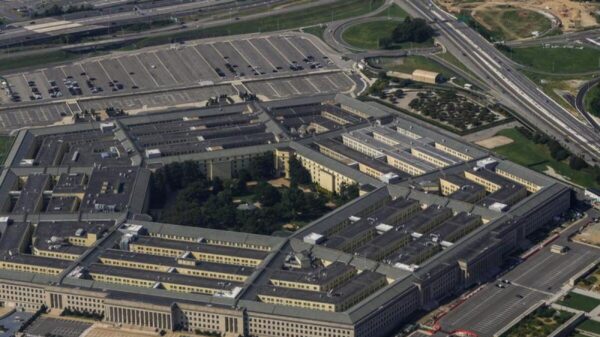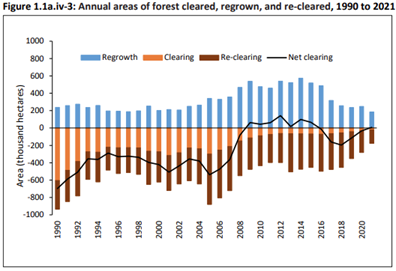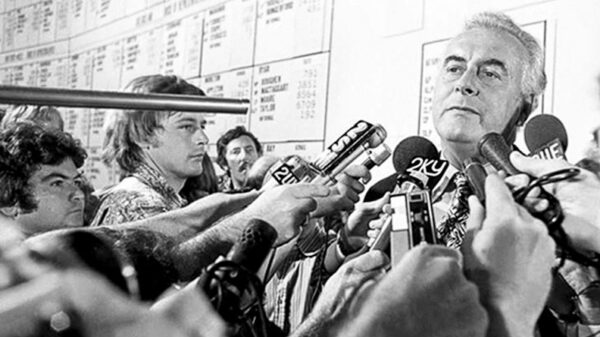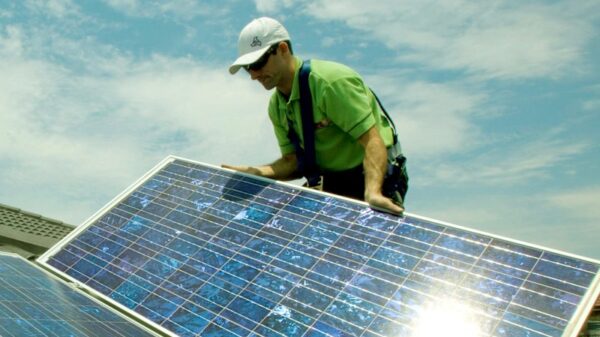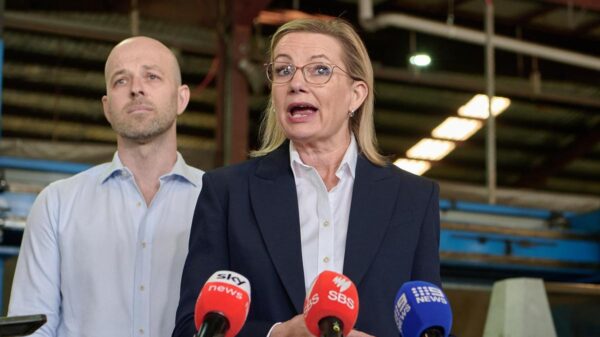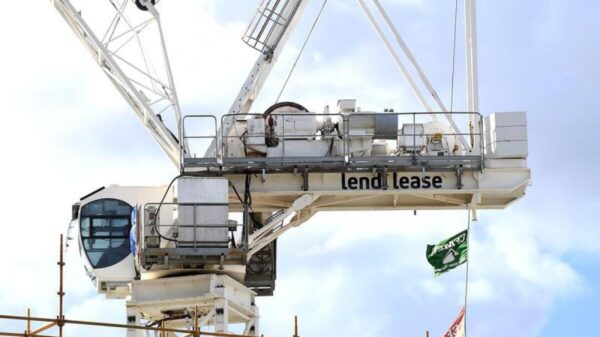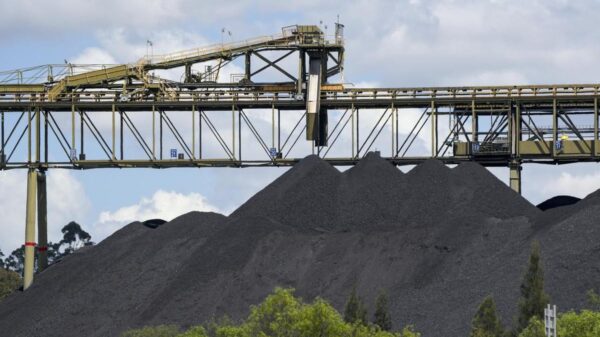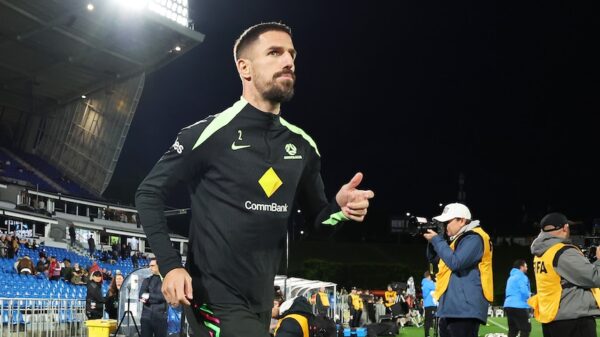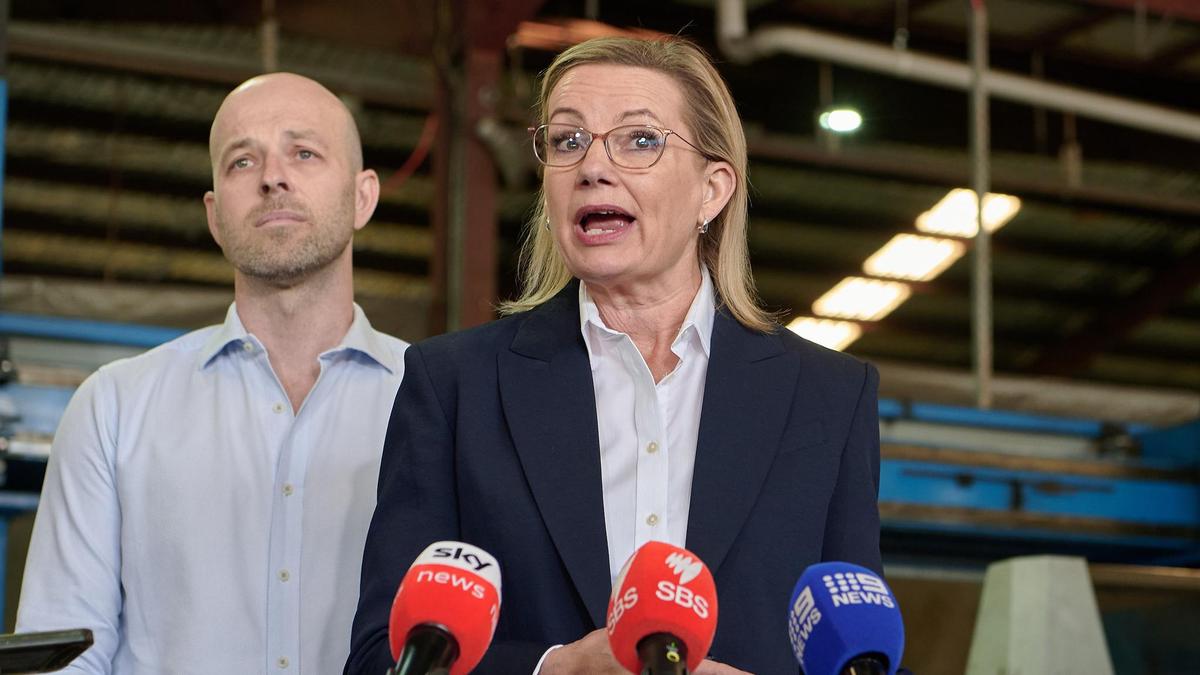The debate over energy policy intensified as Sussan Ley, the Leader of the Opposition, confronted Prime Minister Anthony Albanese regarding the timeline for reduced power bills in Australia. The clash follows the Liberal Party’s recent decision to abandon the nation’s commitment to achieving net zero emissions by 2050, along with its interim targets. This shift aims to increase government support for new coal, gas, and nuclear power initiatives.
Opposition’s New Energy Strategy
During a visit to a metal manufacturing facility on the outskirts of Sydney, Ley emphasized the Liberal Party’s new policy direction, stating it was “very much about stepping on the gas.” She asserted that increasing the supply of energy resources would lead to lower prices. “The laws of economics say that if you inject supply, you bring prices down,” she noted, highlighting the current lack of gas in Australia’s energy mix.
In response, Samantha McCulloch, head of the Australian Energy Producers, expressed support for a structured reservation policy linked to new energy supplies. However, she also pointed out the necessity of addressing investment barriers and approval delays. The Premier of New South Wales, Chris Minns, criticized the opposition’s approach, stating that any credible energy policy must clarify how it will meet the needs of industry and manufacturing. “If you’re not for renewables, what are you for?” he asked, urging a clear explanation of energy production in New South Wales.
Political Reactions and Future Projections
While Ley refrained from detailing how much power bills would decrease, she claimed, “our prices will be more affordable than Labor’s.” Albanese, on the other hand, did not provide a timeline for lower bills but emphasized that renewable energy remains the most cost-effective option. “The cheapest form of new energy is renewables… backed by batteries and gas,” he stated during an interview with ABC radio. He dismissed the Liberal Party’s ability to successfully contest power prices, suggesting they are preoccupied with internal conflicts.
Jim Chalmers, the Treasurer, suggested that the transition to replacing aging coal-fired power stations with more affordable energy sources would ultimately benefit consumers. He stated, “Australians are being asked to pay a very hefty price to buy Sussan Ley more time as leader.” Ley countered these critiques by insisting that the government should prioritize support for Australian manufacturers, households, and families rather than focusing on her leadership.
The coalition is set to finalize a joint policy between the Liberals and Nationals on Sunday. Albanese accused the coalition of retreating from climate action and undermining investment certainty. Concerns have been raised by the Investor Group on Climate Change, which represents the nation’s largest super funds and specialist investors. Their policy director, Francesca Muskovic, warned that the Liberal Party’s inconsistent energy policies could make Australia a less attractive investment destination. “Capital will go where it is welcome and where there is long-term certainty,” she explained, emphasizing that super funds have a fiduciary duty to seek the best returns for their beneficiaries.
As the political landscape evolves, both parties are grappling with the implications of their energy policies on economic stability and consumer costs. With a growing focus on energy affordability, the upcoming joint policy announcement may set the stage for further debate on Australia’s energy future.






